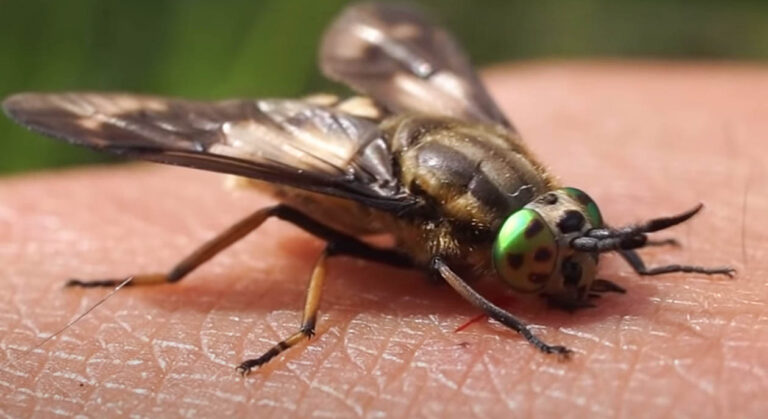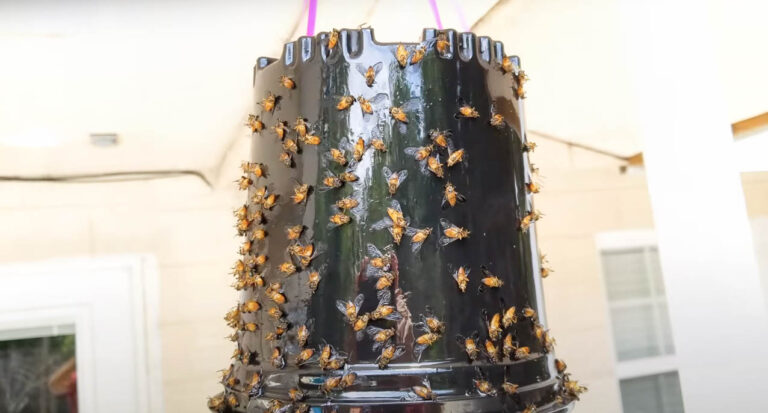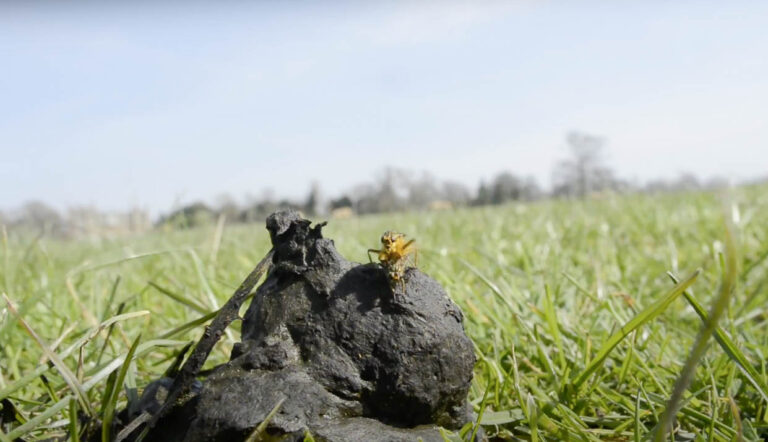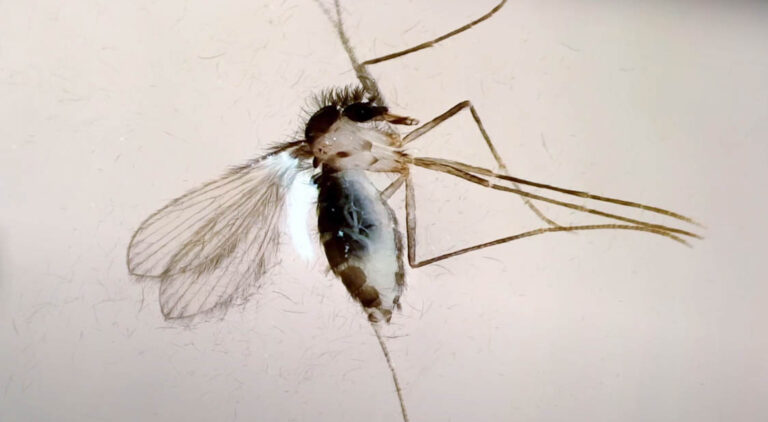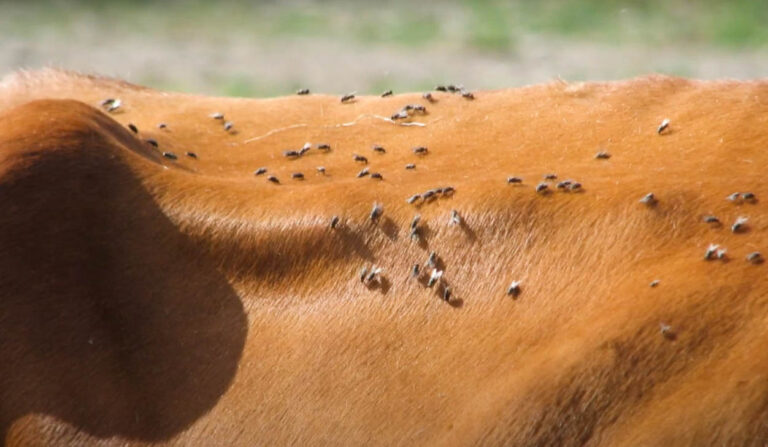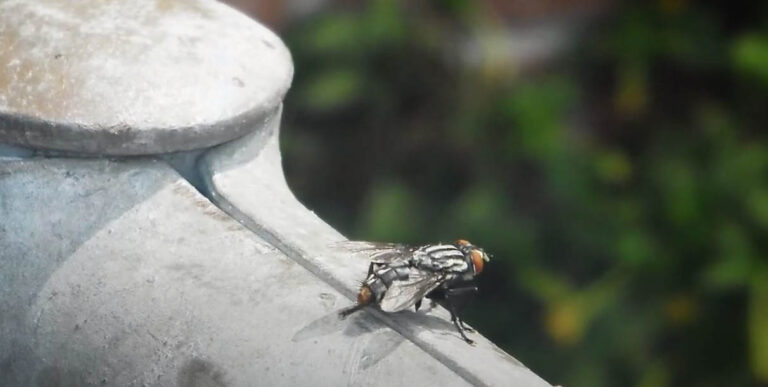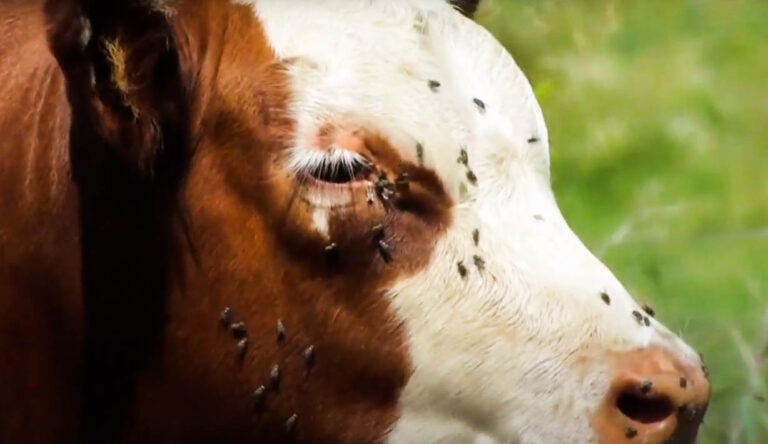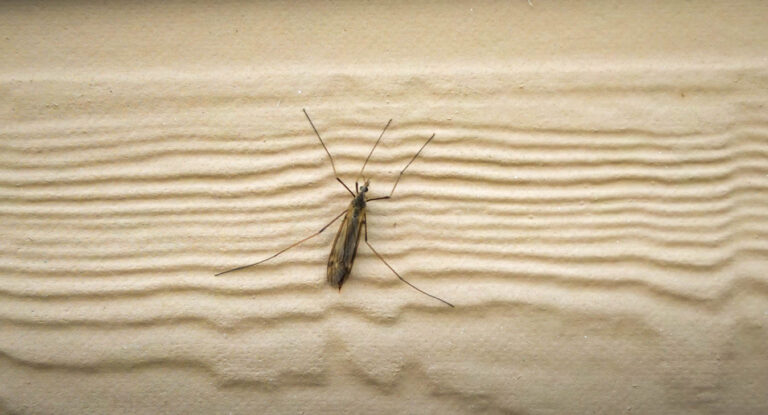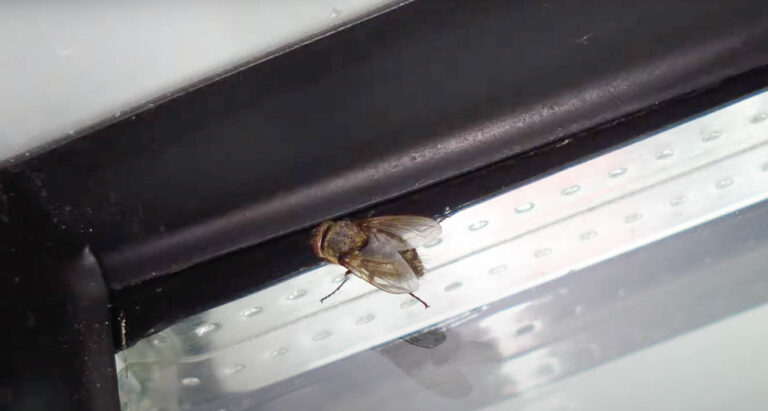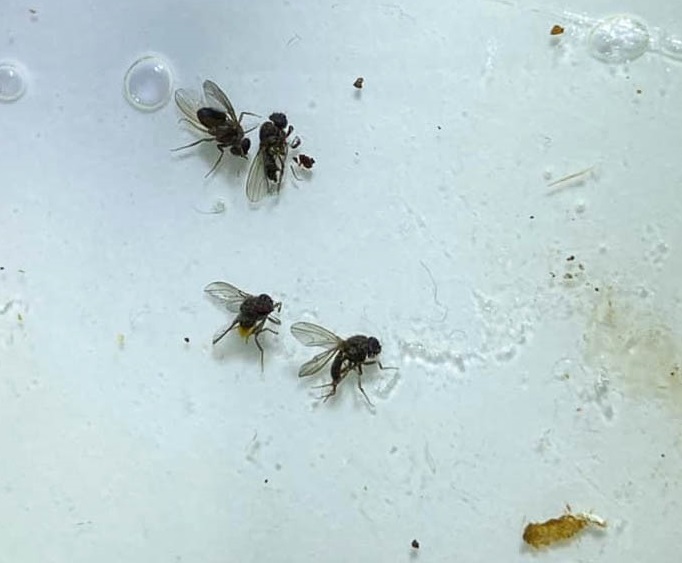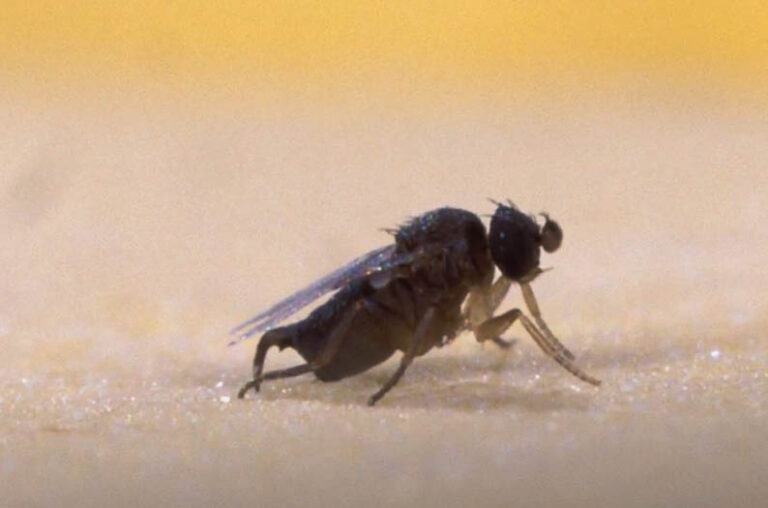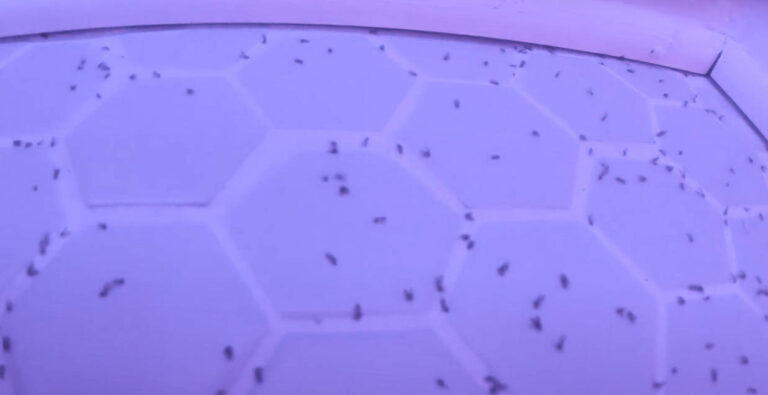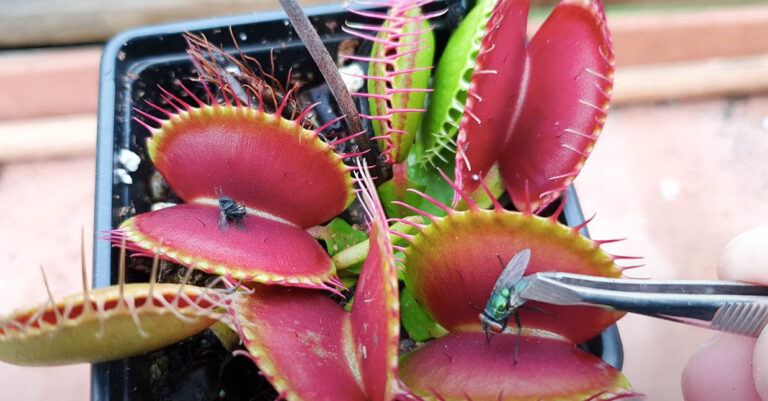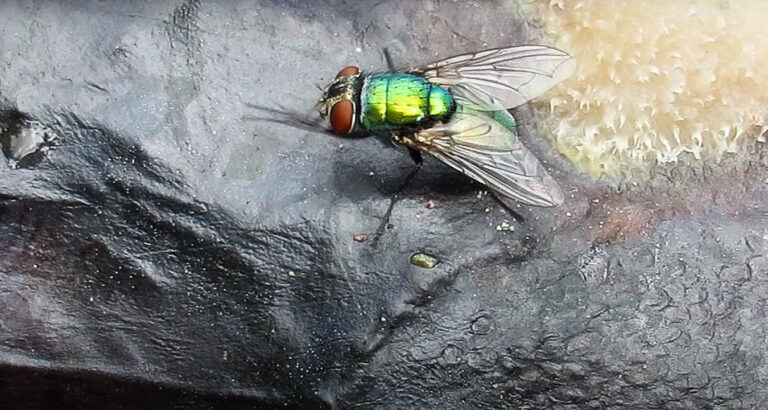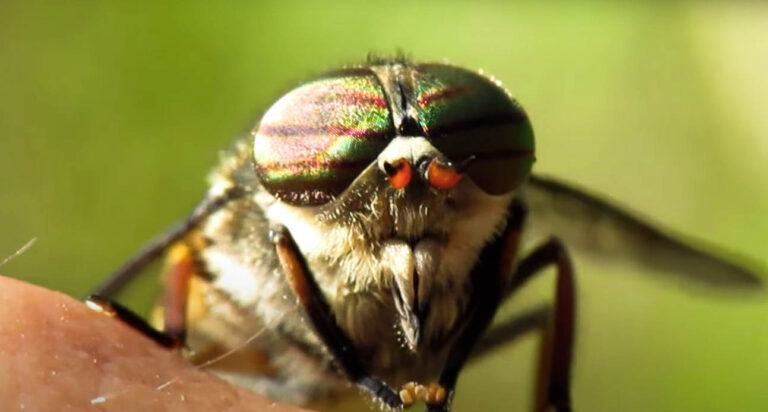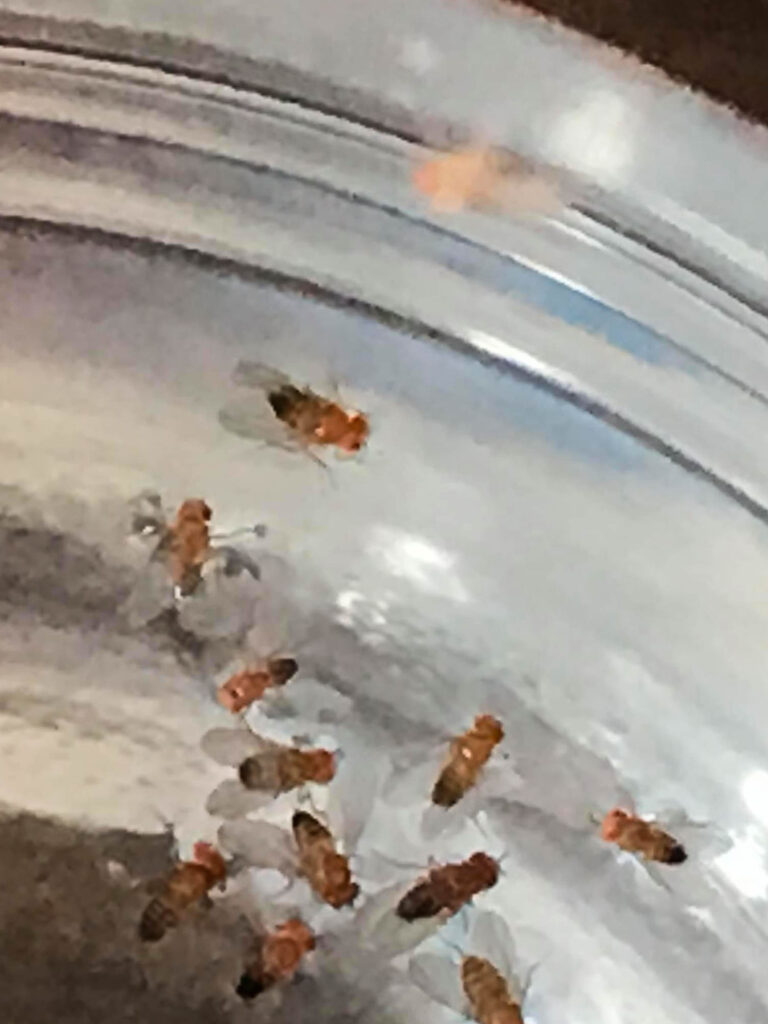About the Sphaerocerid Fly
Fly species are incredibly numerous and varied. They can be found across the globe in various environments. In general, fly species go about their lives, which may or may not be considered annoying by people. If nothing else, that buzzing sound is pretty aggravating. Some flies are more annoying than others. Some flies are not dangerous themselves, but because of their environment can spread diseases. Sphaerocerid Flies, commonly known as small dung flies, are one such species.
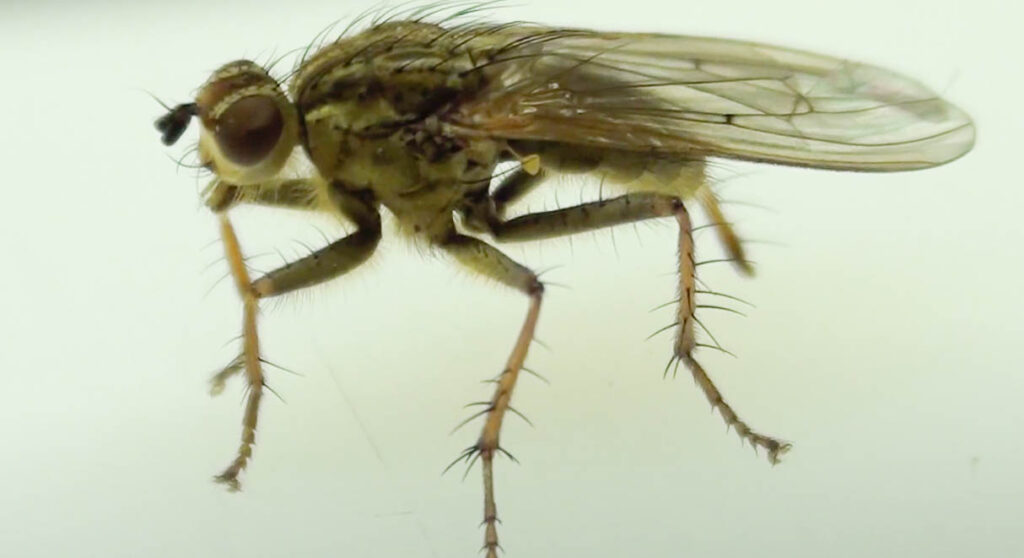
Appearance
Dung flies are black or dark brown in color and about an eighth of an inch in length. This size puts them in comparison to fruit flies, and they tend to behave in a similar manner. The flies themselves aren’t inherently dangerous. The little guys like to eat poop, hence the common name of dung fly.
Behavior
As mentioned before, small dung flies eat and breed in poop and similar filth. This is what makes them a concern because they can spread disease just by buzzing around and getting into stuff. In the process, they can bring disease from their natural filthy home. As a side-effect of this, they are well known in the United States for infesting chicken coops, since you can’t find a filthier bird in domestic care. Though a problem for rural folks, they can also prove a problem for urban dwellers as well. when poop is not around, they will settle into whatever disgusting matter is prevalent. The most common of such matters is clogged drains, but they can also find purchase in cracks along walls and floors where dirt and crumbs will accumulate over time. As long as the larva can feed, dung flies will set up shop.
Life cycle
Small dung flies are born by the filth, molded by it. They prefer to be inside and thus tend to see much light even when they are adults. This is another reason they can be a problem because they’re inside habitation risks spreading filthy diseases. Chicken coops are a previously mentioned possible location, but barns are possible. Backed up sinks can also provide a home for them. They have even been known to inhabit cracks in walls and floors where crumbs and dirt settle. Like most species of flies, the females lay eggs, the eggs hatch into larva, the larva becomes pupa, and the pupa becomes adults. All of this is done amongst the poop or filth in which they eat and grow. Unlike some species of flies, these guys don’t pupate through the winter, so they stick to the warmer seasons for breeding.
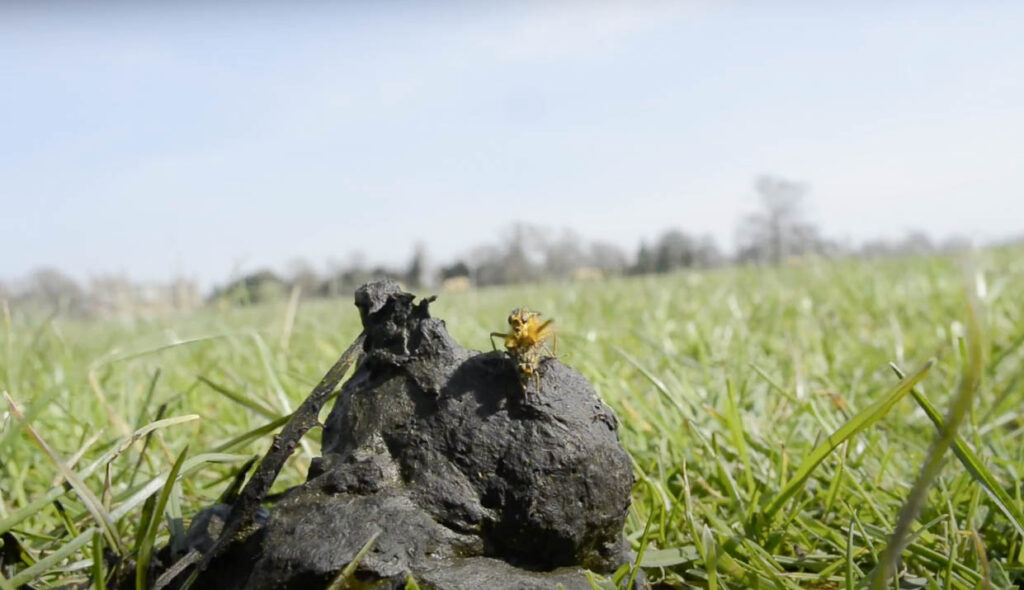
Habitat
The term small dung fly refers to over two hundred different species in North America alone. As such, they can be found across the continent and beyond. They prefer warmer environments and thus tend to inhabit indoor locations, as noted before. As they are fond of chicken coops, rural regions are theoretically more likely to have them as a pest than more urban locations. However, dung flies will settle wherever there is filth, including clogged drains and even cracks in walls or floors.
Dung flies are widespread and renowned for the infestations of chicken coops. Though not dangerous to people on their own, dung flies breed and live amongst fecal matter and other filth. This means they can spread disease by buzzing around and getting into other materials. Controlling them is relatively easy for urban residents as they just need to unclog the drains or clean out and fill in gaps along the walls or floors.
More involved methods are required for rural residents if the flies have set up in a coop, but standard pest control practices will do the trick. Dung flies are small and widespread, so making sure they are under control and not a problem is important not just for farmers but also for city folks as well. No one wants to deal with a fly that lives in poop, after all.
More involved methods are required for rural residents if the flies have set up in a coop, but standard pest control practices will do the trick. Dung flies are small and widespread, so making sure they are under control and not a problem is important not just for farmers but also for city folks as well. No one wants to deal with a fly that lives in poop, after all.

